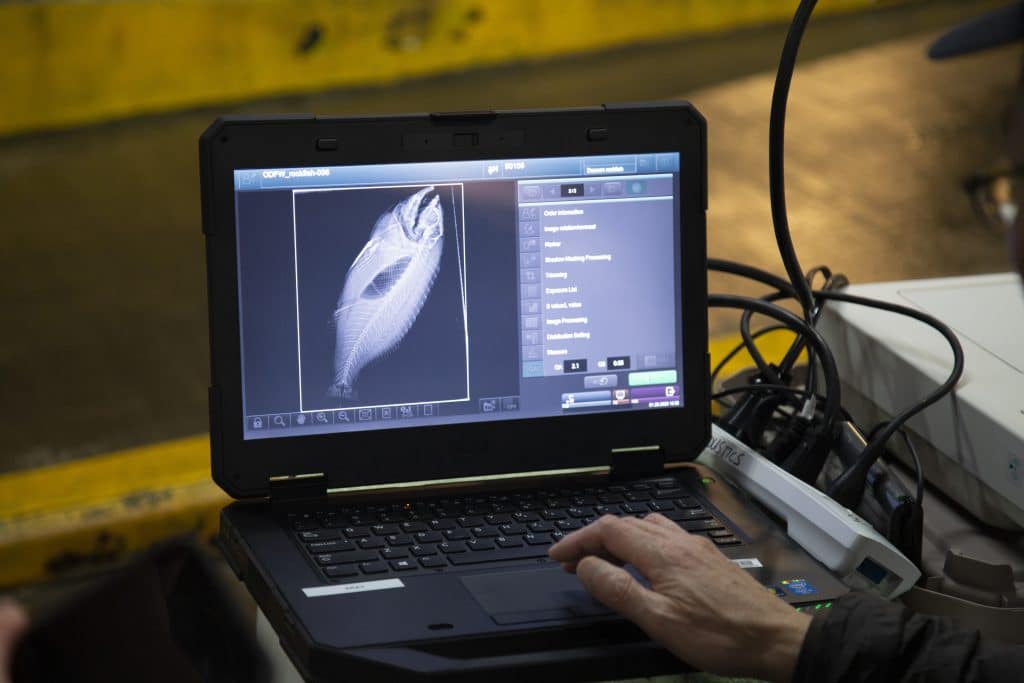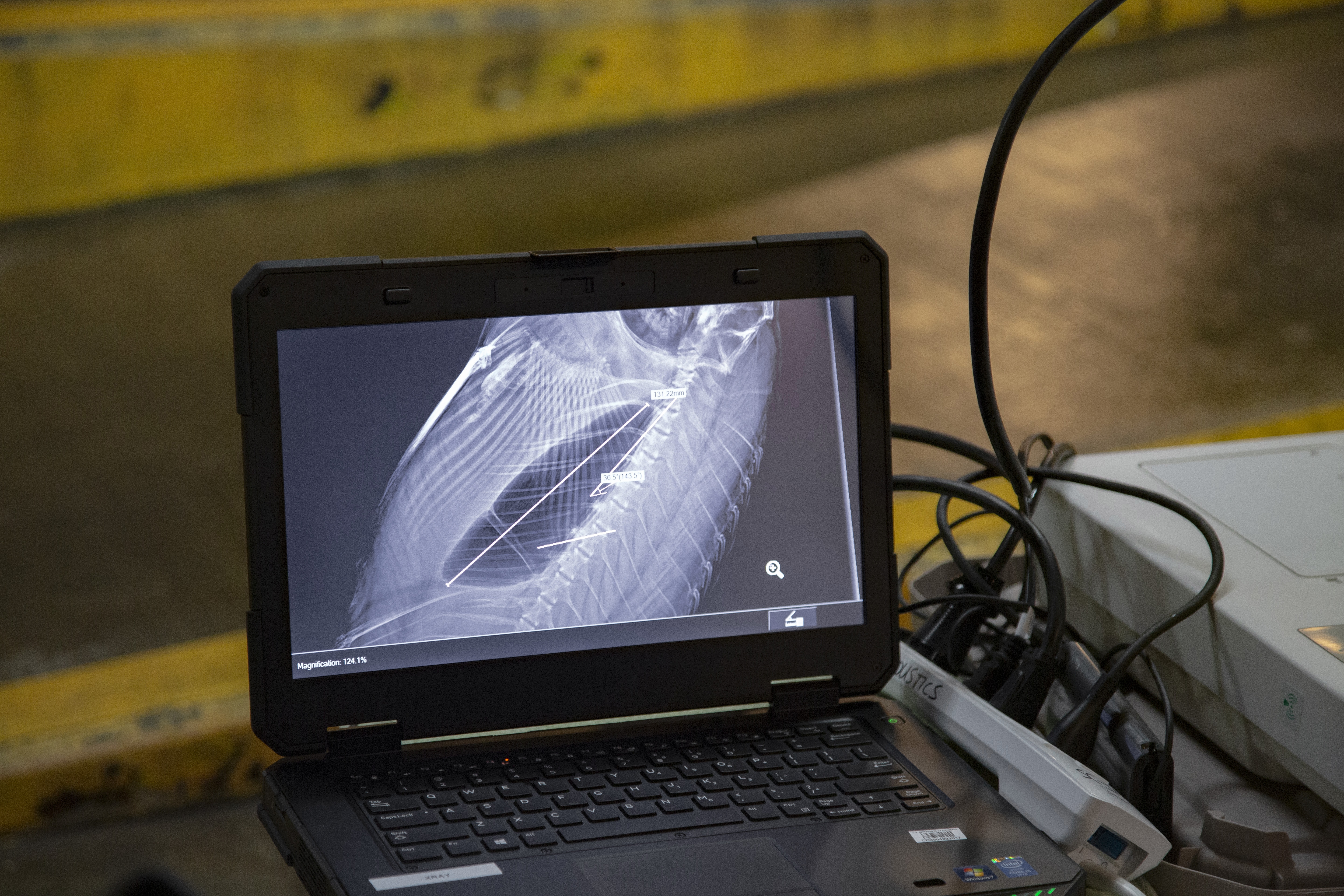Newport, Oregon – Nearshore semi-pelagic rockfish in Oregon are the cornerstone of the recreational fishing fleet. Both sport and commercial fishermen are familiar with them, as are diners up and down the coast. But one thing that may not be known are their numbers. In order to properly maintain and manage species preservation and population, being able to accurately record and predict these numbers are important.
However, most of the data comes from fisheries. For wild groups, there is very little independent information that can be used in stock assessment models. Stock assessment models are a reflection of how many fish there are ‘in stock’ in an area. These areas could be as small as a fishery, or as large as the Oregon Coast. The model records the population of fish, taking into account factors like abundance, growth, reproduction, or mortality to get an idea of how large a body of fish actually are. From there, one can observe and predict how the population may fluctuate based on various factors. All of these factors–from reproduction to mortality–vary when comparing fishery-based animals and those based in the wild. The Oregon Department of Fisheries and Wildlife (ODFW) uses these stock assessments to set quotas which establish how much Oregonians can fish, in order to prevent over-fishing and maximize economic benefits.
Because of the fishery heavy data, ODFW is working to develop a new means of doing data collection, conducting scientific surveys combining in situ optical or video and acoustic echo sounder data to estimate the abundance and biomass of these nearshore rockfish in the wild. Since the acoustic energy reflected from these swimbladder-bearing rockfish is closely related to the morphology of fish swimbladders that account for more than 70% of the total reflected acoustic energy), we need to know the exact swim bladder morphology or geometric shapes of live rockfish. In partnership with the Aquarium, ODFW, and the National Oceanic and Atmospheric Administration (NOAA), collaborators used the Aquarium’s fish and NOAA’s X-Ray machine to get a set of crucial and representative knowledge of the swim bladder morphology of our rockfish.
The Aquarium’s fish were chosen because they had recovered from barotrauma. The effects of barotrauma alter how the acoustics of the machine see the swim bladder. Since our fish were healthy and happy it was much easier to use them. A key component of doing this survey is to know the correlation between the acoustic echo energy and the morphology or geometric shape of swim bladder, i. e., the length, width, height, and volume of a fish. A swim bladder is a primary organ that gives most fish the ability to control their buoyancy and is what is picked up by the fish finders, or scientific echosounders. Using the X-Ray, ODFW can develop three-dimensional models of the fishes’ swim bladders to develop more accurate relationships between fish species, size and length to better survey the nearshore semi-pelagic rockfish off of the US West Coast.




